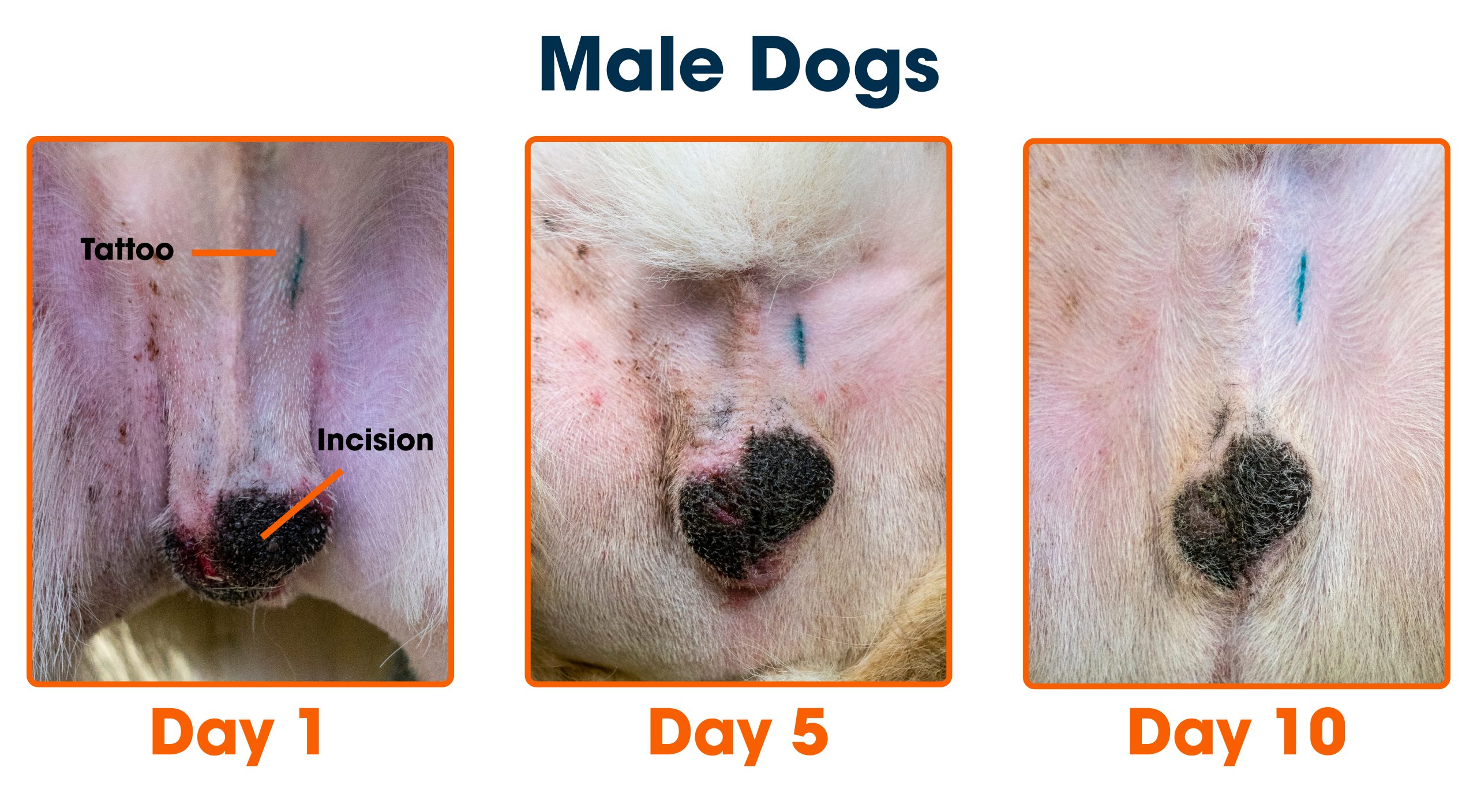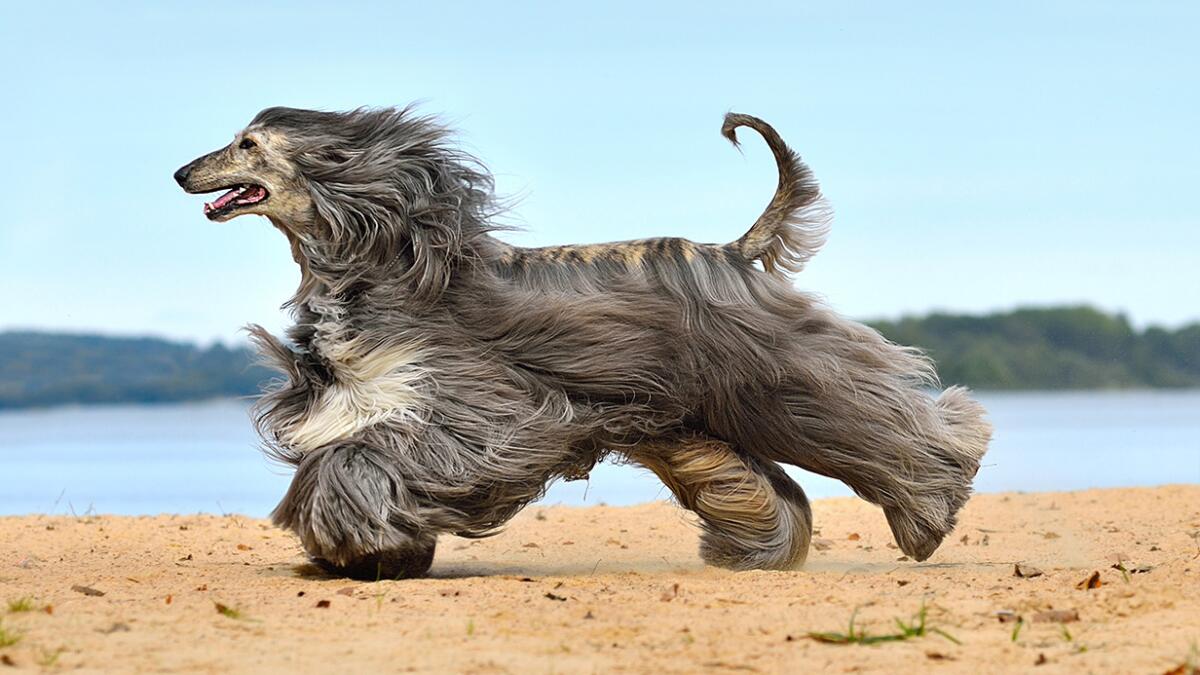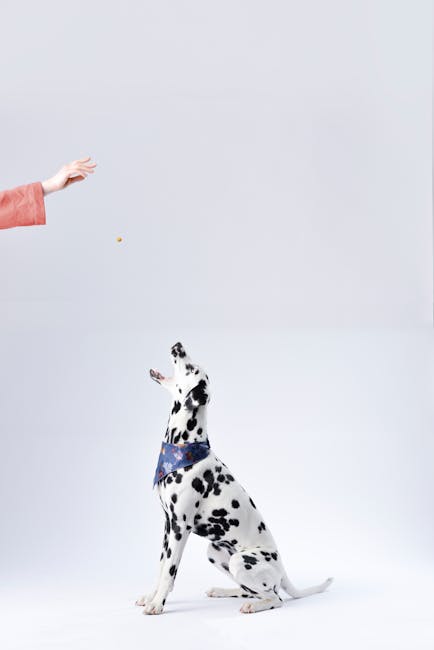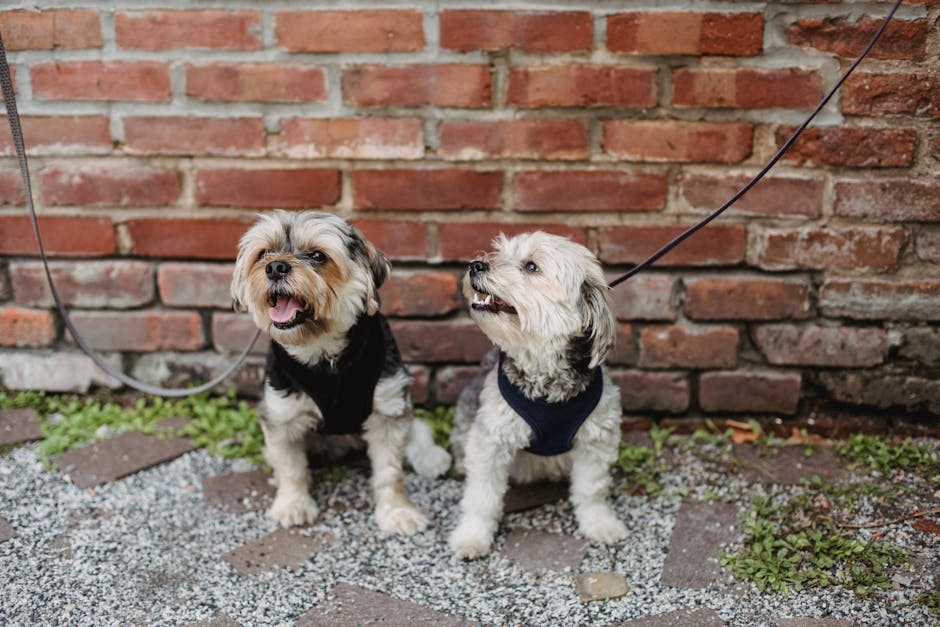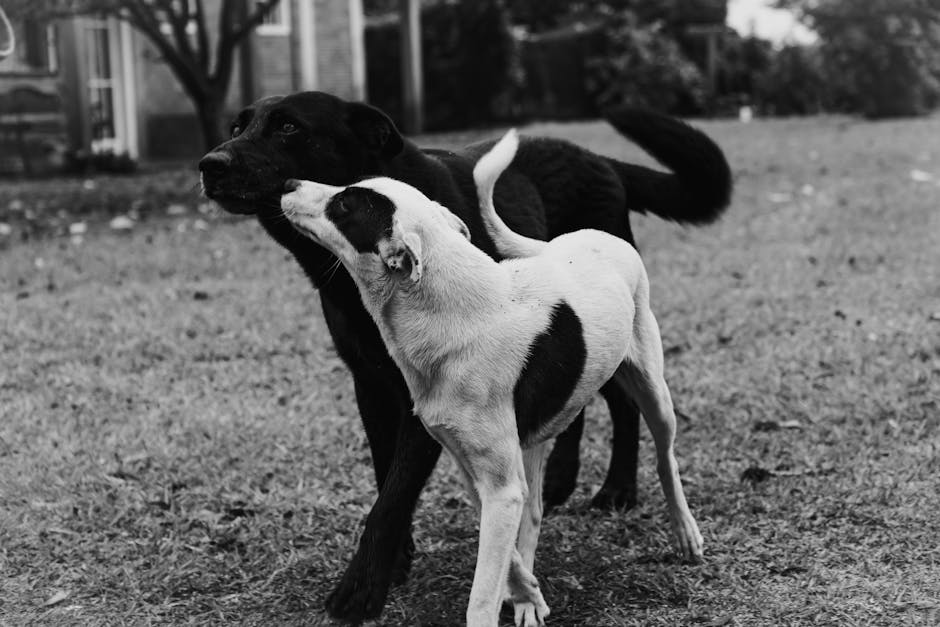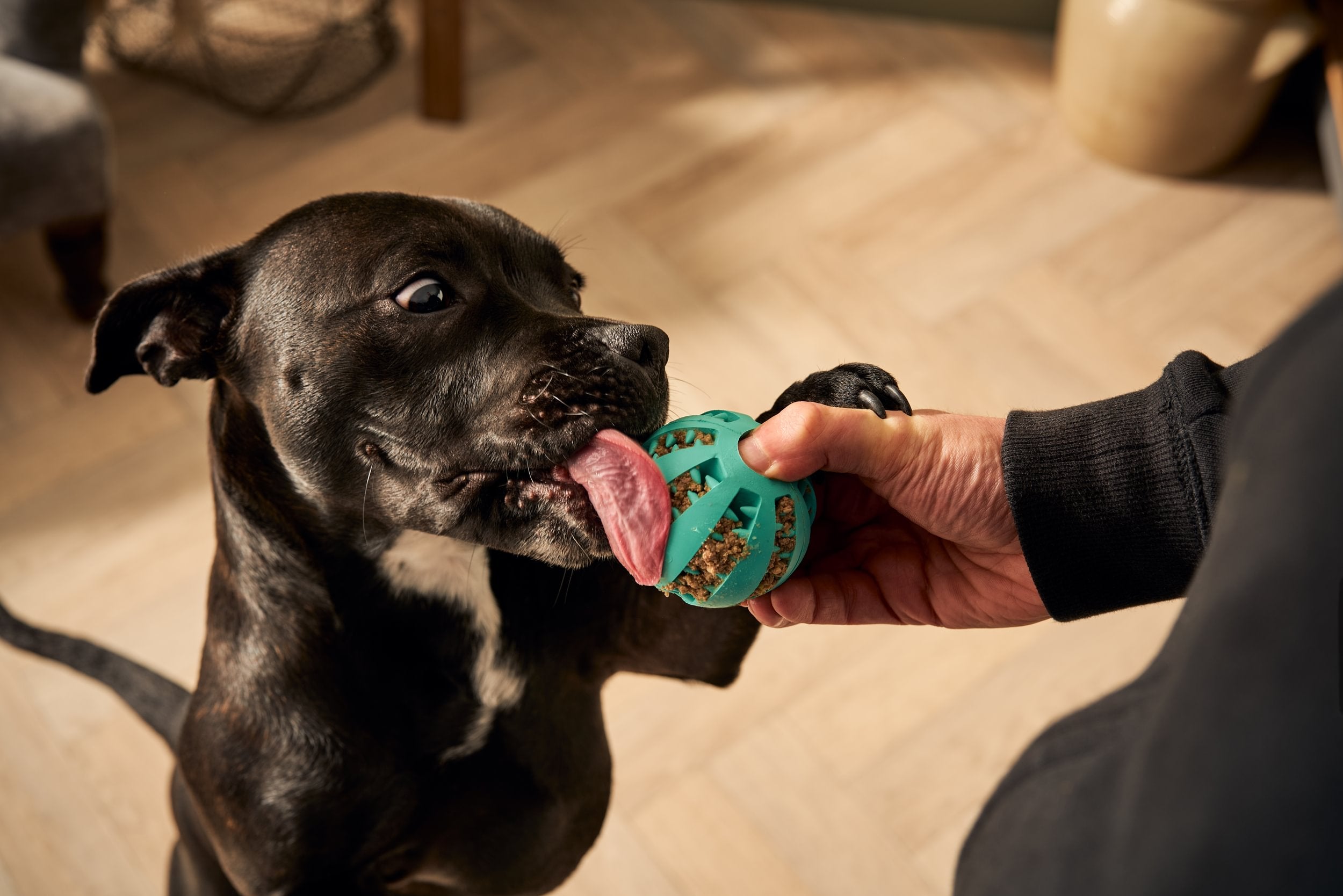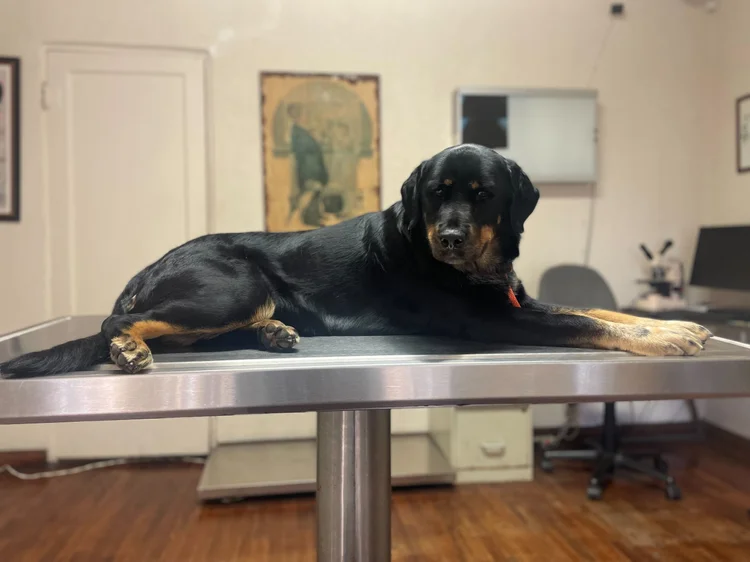If your dog is about to have or just had ACL TTA surgery, you’re probably wondering how long the recovery will take. You want to know when your furry friend will be back to their happy, active self.
Understanding the recovery timeline can help you prepare and give your dog the best care possible. You’ll discover what to expect during each stage of healing, how to support your dog, and tips to speed up recovery. Keep reading—you’ll find the answers you need to help your dog heal strong and fast.
Dog Acl Tta Surgery Basics
Understanding the basics of dog ACL TTA surgery helps pet owners prepare for the process. This surgery is common for dogs with knee injuries. Knowing what it involves and why it is necessary can ease concerns and aid in recovery planning.
What Is Acl Tta Surgery
ACL TTA surgery stands for Anterior Cruciate Ligament Tibial Tuberosity Advancement. It fixes torn ligaments in a dog’s knee. The surgery changes the angle of the tibia bone. This stops the knee from moving incorrectly during walking. It helps reduce pain and restore normal movement.
Why Surgery Is Needed
Dogs with a torn ACL often limp or avoid using the leg. The injury causes pain and swelling. Without surgery, the knee can become unstable. This leads to arthritis and more damage over time. Surgery helps stabilize the joint. It improves comfort and allows dogs to move freely again.

Credit: www.mexivetexpress.com
Recovery Timeline
The recovery timeline after dog ACL TTA surgery is important to understand. It helps owners prepare and care for their pets properly. Recovery happens in stages, each with specific care needs and healing progress. Knowing what to expect can ease stress and improve the dog’s healing experience.
First Week After Surgery
The first week focuses on pain control and limiting movement. Your dog will likely need rest and restricted activity. Swelling and discomfort are common during this period. Use prescribed medications and follow your vet’s instructions carefully. Watch the surgical site for signs of infection like redness or discharge.
Weeks Two To Four
During weeks two to four, healing continues and gentle activity starts. Your dog may begin light leash walks. Avoid running, jumping, or playing. The surgical area should show less swelling and discomfort. Follow vet check-ups to track recovery progress. Physical therapy might begin to improve strength and flexibility.
Weeks Five To Eight
At this stage, your dog gains more strength and mobility. Increase exercise slowly, based on vet advice. Normal walking and short play sessions might be possible. Keep avoiding rough or high-impact activities. Healing bones and tissues continue to strengthen. Monitor your dog for any signs of pain or limping.
Full Recovery Period
Full recovery usually takes three to six months. Most dogs return to normal activity levels by this time. Some may need longer depending on age and health. Regular vet visits help confirm complete healing. Continue controlled exercise to maintain joint health. Patience and care ensure the best recovery outcome for your dog.
Post-surgery Care
Post-surgery care plays a crucial role in your dog’s recovery after ACL TTA surgery. How you manage pain, care for the wound, and prevent complications can significantly affect healing speed and your pet’s comfort. Paying close attention to these details ensures your dog gets back to its happy, active self as soon as possible.
Pain Management
Managing pain effectively keeps your dog comfortable and helps them heal without unnecessary stress. Your vet will likely prescribe pain medication—make sure to follow the dosage instructions precisely. Never give human painkillers unless specifically advised by your vet, as many can be toxic to dogs.
Watch for signs of pain like whimpering, limping, or restlessness. If your dog seems uncomfortable despite medication, contact your vet immediately. Sometimes, gentle massage or warm compresses can soothe sore muscles, but always check with your vet before trying home remedies.
Wound Care Tips
Keeping the surgical site clean and dry is essential to avoid infection. Check the wound daily for redness, swelling, or discharge. If you notice anything unusual, reach out to your vet right away.
Prevent your dog from licking or biting the incision by using an Elizabethan collar or a recovery suit. Changing bandages as instructed and avoiding baths until the vet gives the green light will protect the healing area. Remember, a clean wound is a healing wound.
Preventing Complications
Complications can slow recovery or cause serious issues, so prevention is key. Limit your dog’s activity according to your vet’s guidelines—no jumping, running, or rough play until fully healed. Controlled leash walks are ideal for exercise during recovery.
Keep an eye out for signs of infection, blood clots, or unusual behavior like lethargy or loss of appetite. Regular follow-up visits allow your vet to monitor healing and adjust care as needed. Are you prepared to make the necessary adjustments to keep your dog safe during recovery?
Physical Therapy And Exercise
Physical therapy and exercise play a key role in a dog’s recovery after ACL TTA surgery. These activities help strengthen muscles, improve joint movement, and reduce stiffness. Proper therapy can speed healing and improve long-term mobility. Careful monitoring and gentle exercises support a safe recovery journey.
When To Start Physical Therapy
Physical therapy usually begins a few days after surgery. Veterinarians recommend waiting until swelling decreases and pain is manageable. Starting too early can cause harm, but waiting too long may slow recovery. Follow your vet’s advice closely for the best timing.
Recommended Exercises
- Gentle leash walks to encourage slow movement
- Passive range of motion exercises for the leg
- Controlled standing and sitting practice
- Hydrotherapy sessions, like swimming or underwater treadmill
- Balance and proprioception activities to enhance coordination
Keep exercises short and frequent. Avoid jumping or running until fully healed.
Signs Of Progress
- Increased willingness to bear weight on the leg
- Reduced limping during walks
- Improved muscle tone around the knee
- Greater range of motion without signs of pain
- Positive changes in energy and mood
Notice these signs as encouragement to continue therapy. Always report concerns to your vet.
Diet And Nutrition
Diet and nutrition play a crucial role in your dog’s recovery after ACL TTA surgery. The right foods can help reduce inflammation, boost the immune system, and speed up tissue repair. Paying attention to what your dog eats during this time can make a significant difference in how quickly they heal.
Foods To Support Healing
Protein is essential for tissue repair. High-quality sources like lean chicken, turkey, and fish provide the building blocks your dog’s body needs. You can also add eggs and cottage cheese for variety and extra nutrients.
Omega-3 fatty acids found in fish oil and flaxseed oil can help reduce inflammation and improve joint health. Vegetables like sweet potatoes and carrots offer antioxidants that protect cells from damage. Don’t forget to keep your dog well hydrated, as fluids help flush out toxins and maintain healthy joints.
Supplements For Recovery
Supplements can support your dog’s healing process when added to their diet. Glucosamine and chondroitin are popular for joint health and cartilage repair. These supplements may ease discomfort and improve mobility during recovery.
Adding probiotics supports gut health, which is often overlooked but vital for nutrient absorption. Vitamins C and E are antioxidants that help repair damaged tissues and strengthen the immune system. Always consult your vet before starting any new supplements to ensure they are safe and effective for your dog’s specific needs.

Credit: www.therulybully.com
Common Challenges
Recovering from a dog ACL TTA surgery is not always smooth. Many pet owners face challenges that affect both the dog and the healing process. Understanding these common issues helps provide better care and support.
Dogs may act differently after surgery. Their usual behavior can change, causing concern for owners. Recognizing these changes early ensures timely action and comfort for your pet.
Behavioral Changes
Dogs might show signs of stress or anxiety. They may hide or avoid interaction. Appetite changes are also common; some dogs eat less or refuse food. Restlessness or excessive licking of the surgical area can occur. These behaviors are normal but need monitoring.
Recognizing Signs Of Infection
Infections can delay healing and cause pain. Watch for redness, swelling, or warmth around the incision. Discharge or bad smell from the wound signals infection. Fever or lethargy in your dog needs immediate attention. Early detection prevents serious complications.
Managing Swelling And Discomfort
Swelling is common after surgery but should reduce over time. Elevate the leg slightly to help fluid drain. Cold compresses can ease pain and lower swelling. Keep your dog calm and limit movement to avoid strain. Follow your vet’s instructions on medications and care.
Veterinary Follow-up
After your dog undergoes ACL TTA surgery, veterinary follow-up is crucial for a smooth recovery. These visits help monitor healing, catch potential complications early, and adjust care routines based on your dog’s progress. Staying proactive with follow-ups can make a significant difference in your pet’s long-term mobility and comfort.
Schedule For Check-ups
Your veterinarian will likely want to see your dog multiple times post-surgery. Initial check-ups usually happen within the first two weeks to remove stitches and assess early healing.
Subsequent visits often occur at four, eight, and twelve weeks after surgery. Each appointment checks bone healing and joint stability through physical exams and X-rays. Some dogs might need more frequent visits if healing is slow or complications arise.
Think about how closely you can stick to this schedule. Missing visits can delay spotting issues like infection or implant problems, which might worsen recovery.
What To Expect During Visits
During each follow-up, your vet will examine the surgical site for swelling, redness, or discharge. They’ll also observe your dog’s gait to see how well the leg supports weight.
X-rays are common to ensure the bone is fusing correctly around the implant. This imaging helps the vet decide if your dog can increase activity or needs to continue restricted movement.
Your vet may adjust pain medications or recommend physical therapy based on these assessments. Be ready to discuss any changes you’ve noticed in your dog’s behavior or mobility since the last visit.
Have you noticed your dog favoring the leg or showing signs of discomfort between appointments? Sharing these details can help your vet tailor the recovery plan precisely.
Tips For A Smooth Recovery
Helping your dog recover smoothly from ACL TTA surgery requires careful attention and consistent care. The right environment, controlled activity, and emotional support play crucial roles in speeding up healing and keeping your dog comfortable. Let’s look at practical tips that make this recovery time easier for both of you.
Creating A Safe Environment
Set up a quiet, comfortable space where your dog can rest without interruptions. Use baby gates or playpens to limit access to stairs and slippery floors, which could cause falls or stress the healing leg.
Remove any sharp objects or loose rugs that might trip your dog. Adding soft bedding and keeping water and food nearby encourages your dog to stay put and reduces unnecessary movement.
Monitoring Activity Levels
You need to balance rest with gentle movement. Too much activity can delay healing, but complete inactivity may lead to stiffness and muscle loss.
Use a leash for controlled short walks and watch for signs of fatigue or discomfort. Keep a daily log of your dog’s activity and recovery progress to share with your vet.
Emotional Support For Your Dog
Your dog can feel frustrated or anxious during recovery. Spend quality time sitting calmly with your dog, offering gentle petting and soothing words.
Use interactive toys that don’t require much movement to keep their mind engaged. Have you noticed how your calm presence can comfort your dog more than any medication?
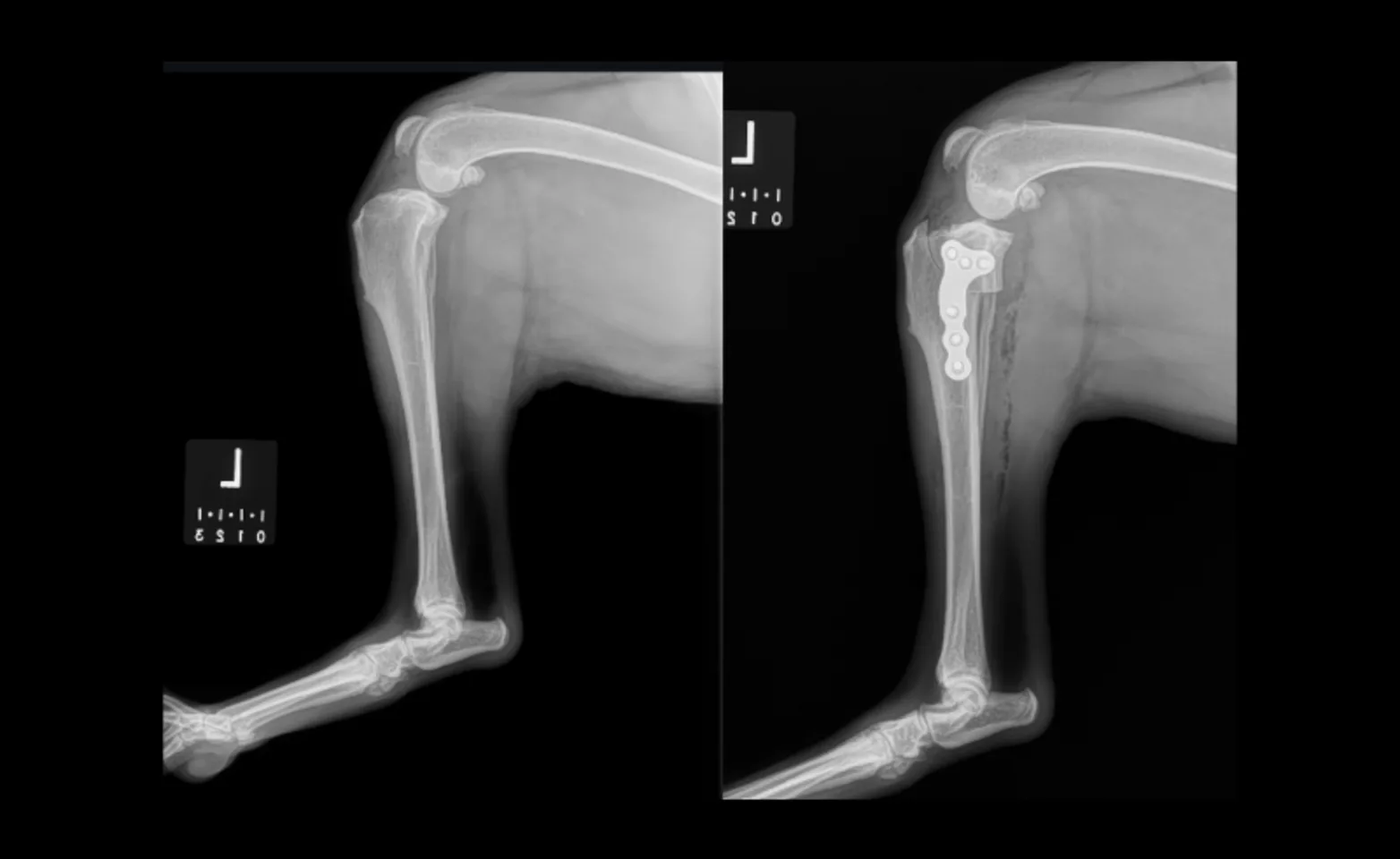
Credit: www.hopkintonanimalhospital.com
Frequently Asked Questions
How Long Does Dog Acl Tta Surgery Recovery Take?
Recovery from dog ACL TTA surgery typically takes 8 to 12 weeks. Dogs need restricted activity during this period. Proper rest and rehabilitation are essential for full healing and regaining mobility.
What Are The Key Recovery Stages After Tta Surgery?
Recovery involves initial rest, gradual weight-bearing, and physical therapy. The first two weeks focus on pain management. By week 6, increased activity and strengthening exercises help restore function.
Can Dogs Walk Immediately After Tta Surgery?
Dogs usually cannot walk normally right after surgery. They may bear limited weight within days, but full mobility develops gradually over weeks with care and rehabilitation.
How To Care For A Dog Post-tta Surgery?
Limit your dog’s movement and prevent jumping or running. Follow vet instructions on medication and wound care. Regular check-ups ensure proper healing and detect complications early.
Conclusion
Dog ACL surgery recovery varies by dog. Most heal in 8-12 weeks. Rest and care are vital. A balanced diet aids healing. Short walks are good for strength. Gradual exercise helps regain mobility. Regular vet visits ensure progress. Every dog heals at their own pace.
Patience is key for successful recovery. Consult your vet for guidance tailored to your dog. Follow these steps for a smoother recovery journey. Your dog will return to their happy, active self soon.

